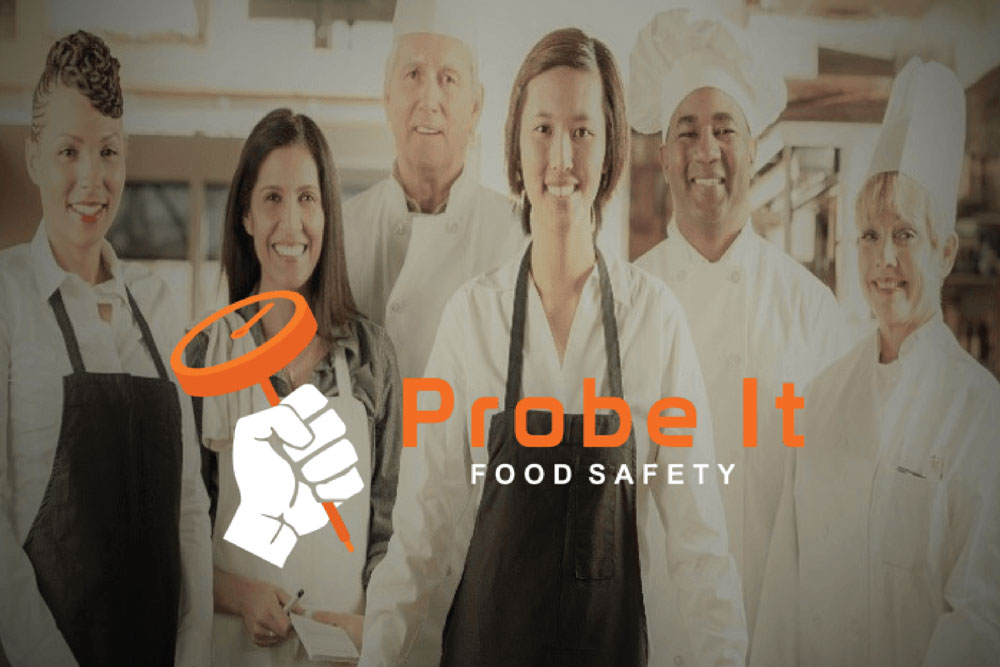Inventory Management

Inventory management is a key aspect of practicing proper food handling safety. Likewise, when done accurately, it can ensure no food goes to waste and saves money.
Inventory management begins at the door, before your food is allowed into storage. Assigning designated employees to manage inventory when it arrives will allow a smooth and consistent analysis. Food should be inspected by these employees and they should not accept anything broken, open, leaking, or at the wrong holding temperature. The employees should be thoroughly trained in doing so appropriately. Proper food inspection is covered in detail in our food safety courses.
Once the shipment has been approved, the non-perishable foods should be organized in a pantry/ inventory room according to the First In, First Out (FIFO) method. This ensures that food with the closer expiry date is used in a timely manner – and does not go to waste by being thrown out, wasting money. A key storage method is to use containers that allow optimal spacing and are designed to keep food fresher, longer. Remember to keep your food off of the floor, at least 15 cm, to prevent and easily detect pests.
A list of all inventory should also be kept on hand. This allows you to not waste money in buying extra food you do not currently need, granting you the guarantee that everything will be used. The list will also show you which foods quantity needs to be lessened in the next purchase, based off its usage.
In terms of refrigerated food, it is very important to practice proper management to ensure longevity and food safety. The most important rule is to store food in the fridge no higher than 4 degrees Celsius. You should be able to monitor this temperature on the fridge thermometer. To ensure cold air circulation, you should not overstock the fridge.
The order in which the food is stored is also very important to prevent cross-contamination. Raw and uncooked food should always be placed on the last, bottom shelf. Above that can be unwashed produce as well as food items that would need to be reheated. Lastly, on the first shelf is ready-to-eat food. The fridge is where you should also utilize containers that allow optimal spacing and keeping the food fresh.
All these inventory management tips shall become second nature and ensure food safety with regular review and practice. To learn the details of proper procedures and test your own practices, be sure to take one of our food safety courses.
Related Posts
3 Advantages of Food Safety Training
Food safety training is a crucial aspect of keeping your business afloat. There are many…
Read More >>3 Benefits of National Food Safety Training Program
Food establishments are held at a higher standard by the government, especially by national health…
Read More >>How You Can Apply for Food Safe Level 1
Are you looking for a way to obtain a Food Safe Level 1 online certification?…
Read More >>